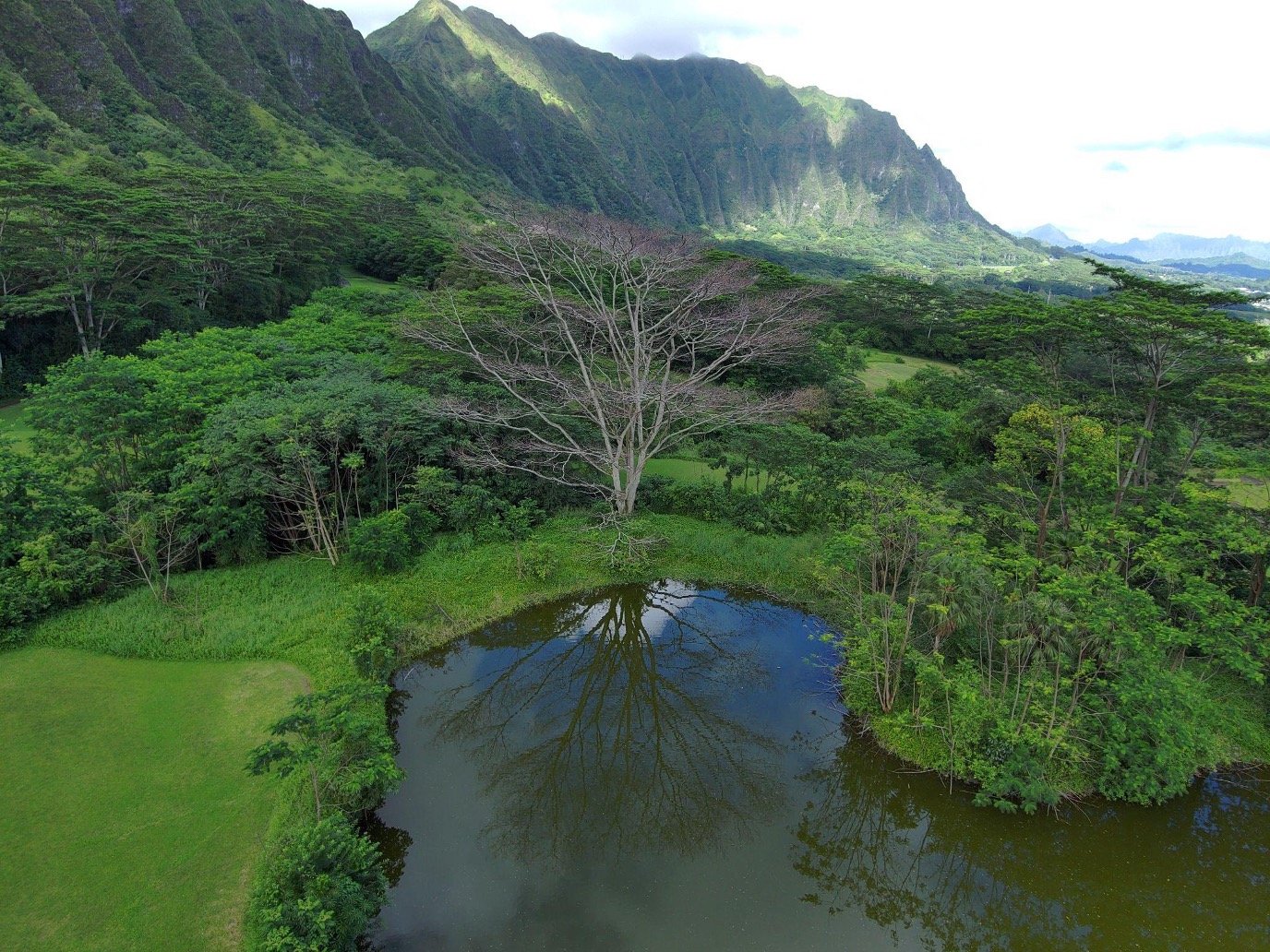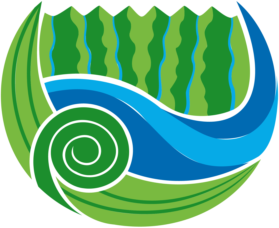
Albizia
Albizia trees were introduced to Hawaiʻi from Indonesia over 100 years ago. They were originally used to control erosion because of the fast-growing rate.
After the sugar cane industry collapsed, albizia invaded abandoned cane fields and spread.
Today albizia can be seen in fallow lands, gulches, ridges, roadsides, and even backyards.
Over 20,000 acres on Oʻahu are infested with albizia.
Albizia is considered an invasive species. Meaning it negatively affects our economy, environment, human health, and quality of life. They can live in a variety of habitats, reproduce rapidly, aggressively compete for resources, and lack natural enemies in new environments.
Albizia made the news as the main cause of devastation during Tropical Storm Iselle 2014 in Puna, Hawaiʻi Island.
The Fastest Growing Tree in Hawaiʻi
Potential Hazards & Costs
Albizia grows rapidly in the first five years, making branches brittle. In good condition, Albizia can grow roughly 15 feet per year, up to 150 feet.
Because of the fast growth, branches are large and brittle, causing them to drop at random. This is known as Sudden Limb-Shear, or "Widdow makers".
Albizia can be a danger to community infrastructure like roads, homes, power lines, and culverts. Large storms and hurricane season are opportune time for many trees to drop and for repairs to be costly.
Identifying Albizia PSA
In this public service announcement, KMWP Manager JC Watson shares tips on how you can identify Albizia and easily remove them before they become a safety and financial challenge.
The Albizia Lifecycle - From Seedling to Hazard
-

Seeds
-

Keiki
-

One Year
-

Three Years
-

Five Years
Removal & Treatment Strategies
From seedling to about one year old, Albizia trees can be pulled by hand or Ring Barked. These methods require no chemical treatment or tools.
Identifying Albizia as a seedling is the most cost-effective method to remove growing Albizia populations.
When Albizia trees grow past two years of age, they are past the point of being hand-pulled.
Costs for cutting the tree down can set cost anywhere from $3,000 to $10,000.
-

Ring Barking
What’s Ring Barking?
Removing the inner and outer cambium layers around the entire circumference of the tree.
What’s Required?
Machete, Bark Spud, Draw Blade, or Scraping Tool.
How’s It Work?
Incision starts at the base of the tree at soil level. Strip the bark up to 4-6 feet high. Defoliation occurs between six months and one year. Do not use this method on hazard trees.
-

Incision Point Application
What’s IPA?
IPA, short for Incision Point Application, is administering a lethal dose of herbicide into the vascular system of the tree.
What’s Required?
Personal Protective Equipment, Safety Goggles, Nitrile Gloves, Milestone, Hatchet or Machete, Drop Bottler (1-8 fluid ounces), GPS Tracking.
How’s It Work?
Using the hatchet, make 45-degree cuts around the circumference of the tree 2-3 inches deep. Insert 0.5 mL (11-12 drops) per cut. Defoliation in 4-6 weeks. Do not use on hazard trees.
Can I Treat In Place?
Hazard Trees Explained
The term "hazard tree" is defined as Albizia trees whose height is greater than eight feet, and are growing within a distance of less than 1.5 times its height from roads, structures, power lines, hiking trails, areas of congregation, or anything of value, and whose failure will impact the aforementioned.
Need A Professional’s Help?
To view our list of approved arborists that handle Albizia across Oʻahu, please visit our Landscaping & Arborists resource page.
Join Our Mailing List & Stay Connected
Sign up to be the first to receive our newsletter, volunteer opportunities, job openings, and updates.





